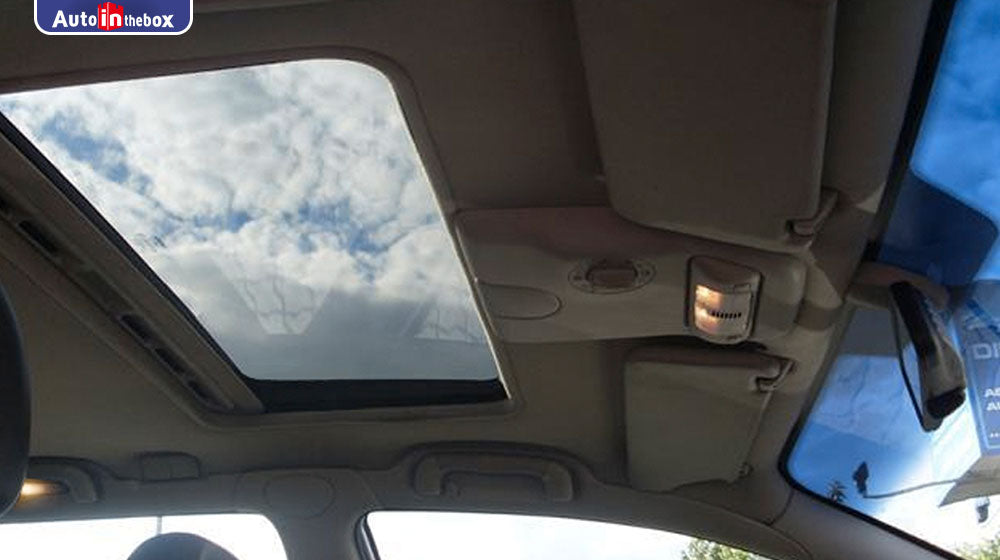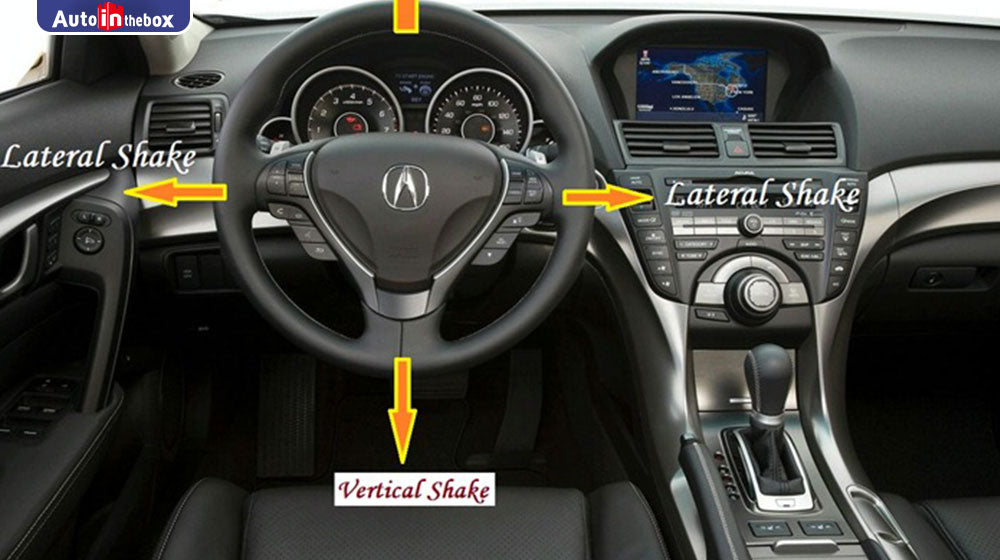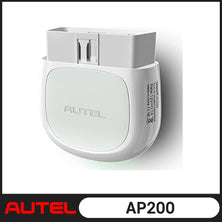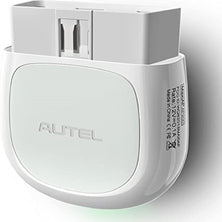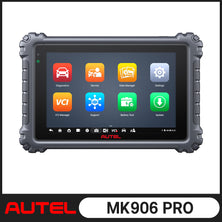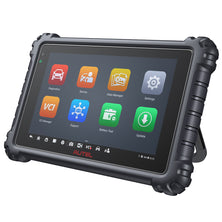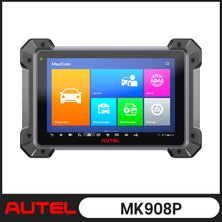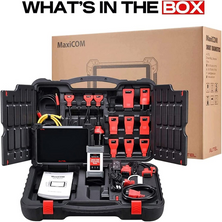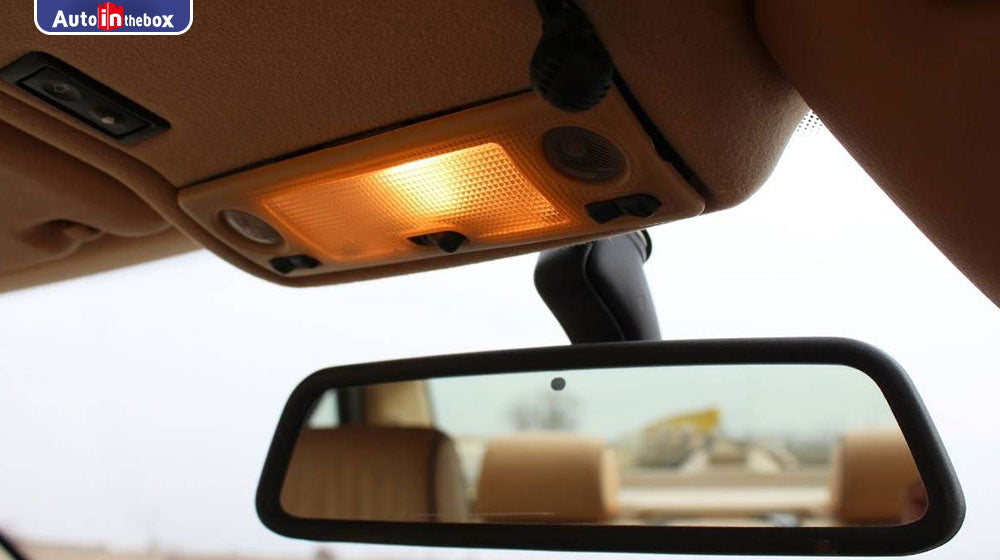
What Are Dome Lights?
The dome light position is carefully considered in modern car designs.
The location of dome lights -- in the center of an automobile ceiling -- was commonplace for decades but ineffective at best. The glare created on the inside of the windshield was distracting enough to inspire legislation banning dome light use in moving cars. Any advantage of illuminating the dashboard was greatly diminished by the driver's shadow, in most instances.
Minor Advances
Advances in automotive electronics were sporadic in the past, with little attention paid to passenger compartment lighting. Standard upgrades were the addition of glove-box lights and poorly powered and placed map lights. Some manufacturers made feeble attempts to highlight door and ignition locks to aid with key insertion. Luxury brands offered fixtures in door pillars or adjustable spotlights similar to those used with airline seating. The systems lacked any appreciable refinements.
Improvement
Battery depletion was often caused by a bad dome light switch or by incomplete closure of a door or glove box. Door switches that were used to activate the dome light would fail in the daytime, and the burning light would go undetected, eventually killing the battery. Timers were added to dome-light circuits to prevent such occurrences and to allow momentary continued operation after entry. Battery-saving dome-light timers were well-received and became standard equipment on most models.
Circuit Expansion
Interior door panels had been outfitted with reflectors to safeguard against collisions with open doors, and the addition of lights in these locations vastly enhanced visibility. Some door lamps also shed light on the ground, assisting sure footing upon exit. Exploitation of this feature was advanced with additional lights placed under side-view mirrors or running boards. Door-ajar warning systems were combined with timers in the circuit, and computer modules were dedicated for the tasks involved.
Combinations
Remote operation of door locks and vehicle lighting required further expansion of the capabilities of modules previously charged with simple buzzers and timers. Entire computer modules are now dedicated to illumination and include color options for instrument panels and lighted cup-holders. Sophisticated systems require precise nomenclature, but factory repair manuals still refer to the once-modest dome light circuit.
